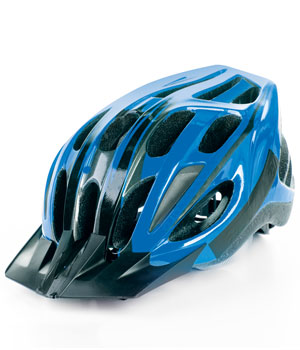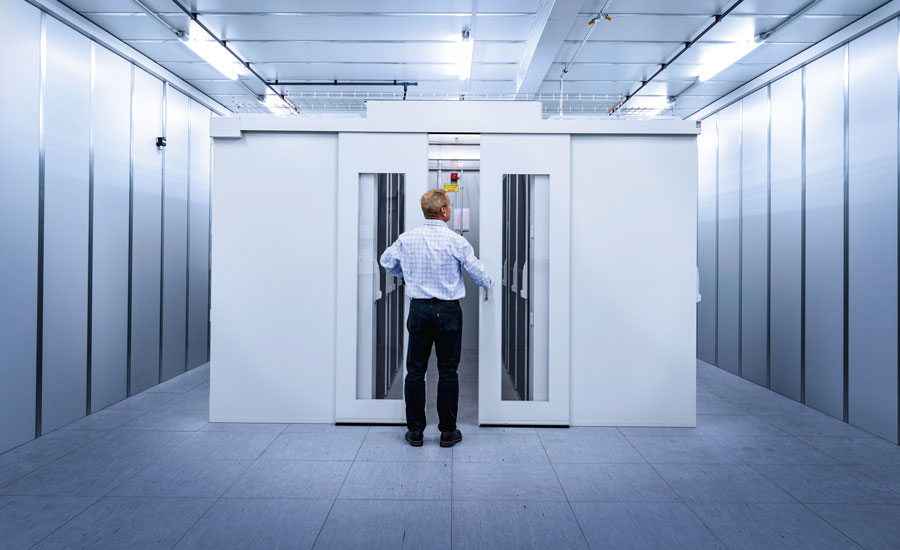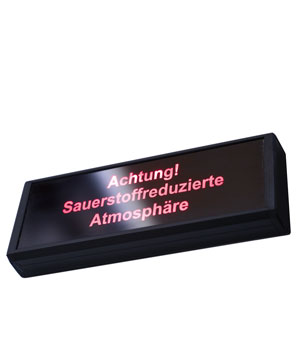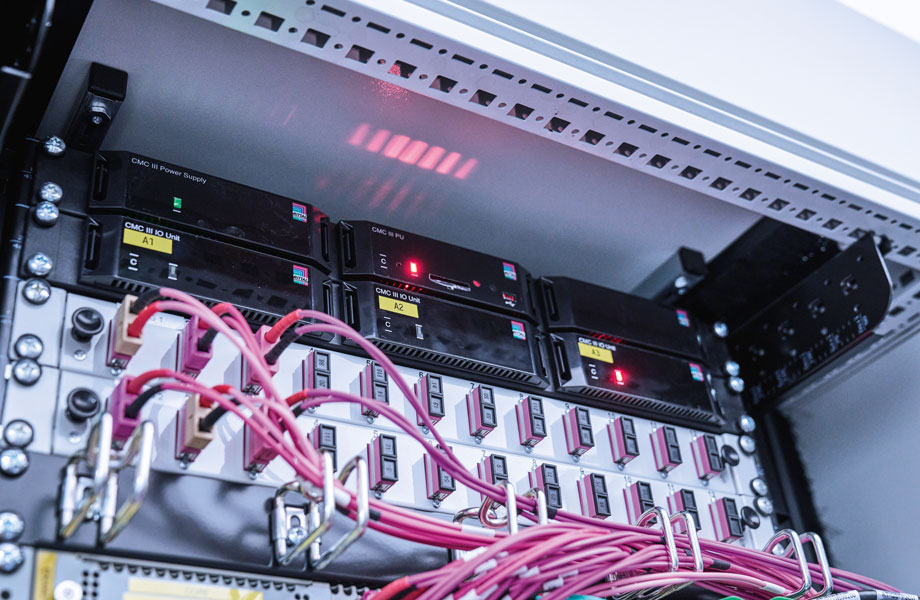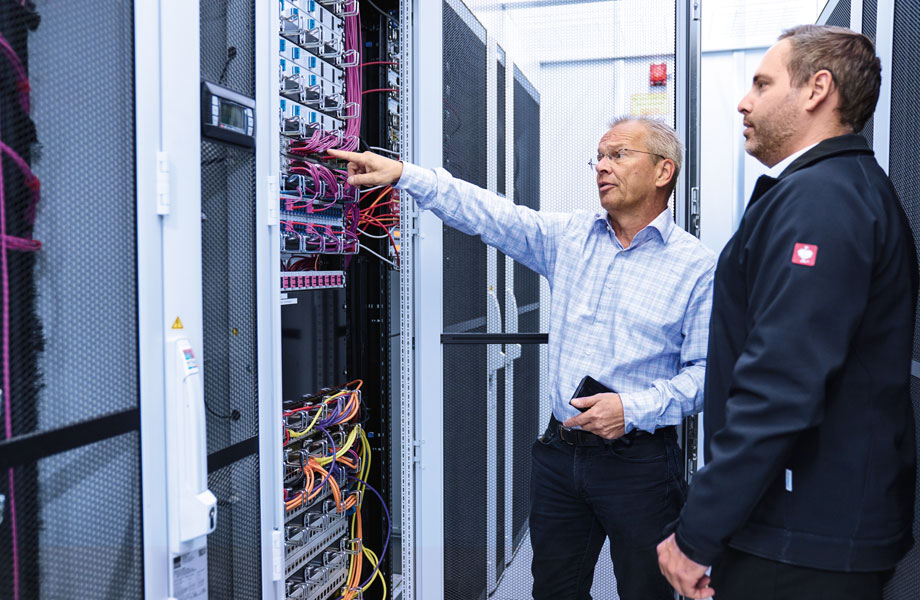Text Patricia Späth ––– Photography
Peter Marszelewski, Head of IT at Ralf Bohle GmbH, gives a rueful smile as he recalls his bike trip from Garmisch-Partenkirchen in southern Germany to Riva del Garda in northern Italy last summer. Almost at his destination, he had a fall after a heavy downpour on a singletrack trail. There was some good news, however – his head was uninjured. This passionate cyclist wouldn’t dream of setting off on his bike without wearing a helmet. And in his role as Head of IT at the German company that revolutionised the bicycle tyre market with its “Schwalbe” brand, Marszelewski isn’t prepared to entertain any compromise when it comes to the safety and security of the corporate IT infrastructure either.
SHIFTING UP A GEAR
With its server room that had grown over time, the company had been on slightly shaky ground. However, when the decision was taken to build new headquarters at the company’s Reichshof site and allocate a dedicated space to a data centre, this opened up a whole range of completely new options to Marszelewski and his team. It didn’t take long to draw up the requirements – there was to be no compromise when it came to the safety and security of the new data centre. “Our international sales offices are also connected to the IT infrastructure here at the Reichshof site, so any outage would have devastating consequences,” says Marszelewski as he sums up the challenge involved. “It wouldn’t be possible to place orders via the ERP system, for example, and there would be no access to the online shop. And, after all, who can manage without their bike tyres?” he says with a grin. The application for the warehouse management system also operates via the data centre, and is a centralised service for the sites in Germany, the Netherlands and the UK. Customers, who include both well-known bike manufacturers and smaller bicycle retailers, order directly from Ralf Bohle and are keen to receive their goods as quickly as possible. Forklift trucks that are connected to the warehouse management system by means of WLAN are an important interface in the supply chain. The system sends information directly to the cab of the forklift truck. This tells the driver which rack they need to drive to in order to pick up the goods.
Following a visit to another company in the local area, Marszelewski was in no doubt that the IT infrastructure needed to be housed in a security room. A dedicated space in the new building had been allocated to the data centre. The data centre was designed to allow for growth, especially since the Head of IT had reduced the previous 45 servers to just seven by means of virtualisation. Some 50 percent of the eight racks now available are standing empty, ready to be put into service if the company experiences the same kind of huge growth it has over recent years. A further eight racks can be added to the security room at any time.
NO POSSIBILITY OF SPARKS JUMPING
Another reason why the company decided to opt for a Rittal security room was because it wanted to install an oxygen reduction system – and this calls for a wellsealed room. The system keeps the oxygen level in the data centre between 14 and 15 percent, which prevents fire from breaking out in the first place. In normal environments, oxygen levels are around 21 percent – and everybody is familiar with the experiment that involves placing a glass over a burning candle and watching the flame go out as soon as the remaining oxygen has been used up. “Protecting the data centre against fire was really important to me. Otherwise, if a fire did break out and we had to call the fire brigade, the servers would all be deluged with water in next to no time,” says Marszelewski, as he explains the decision to opt for an oxygen reduction system. “Admittedly, the low oxygen levels mean that accessing the data centre is a bit like an extreme mountaineering experience, but we only need to go in every four to six weeks. And when it is time to go in again, we always let a colleague know, so they can rescue us if necessary.”
HEAT RECOVERY FOR HOT SHOWERS
A high level of safety and security for the data centre was not the only item on the wish list – energy efficiency was another important consideration. An aisle containment solution consisting of door and ceiling elements ensures that warm and cold air cannot mix. This increases the efficiency of the climate control units. A Liquid Cooling Package Inline DX is used here. A neat trick with this solution is that the waste heat is used to heat the communal shower. It should come as no surprise that many members of staff at Ralf Bohle GmbH travel to work on two wheels. “Some colleagues cycle quite a few kilometres into work in the morning, so they need a shower when they get here,” explains Marszelewski. After recovering from his bruised ribs, he is now back in the saddle, too – with a new helmet, because safety is his priority, whether he’s on his bike or in the data centre.
